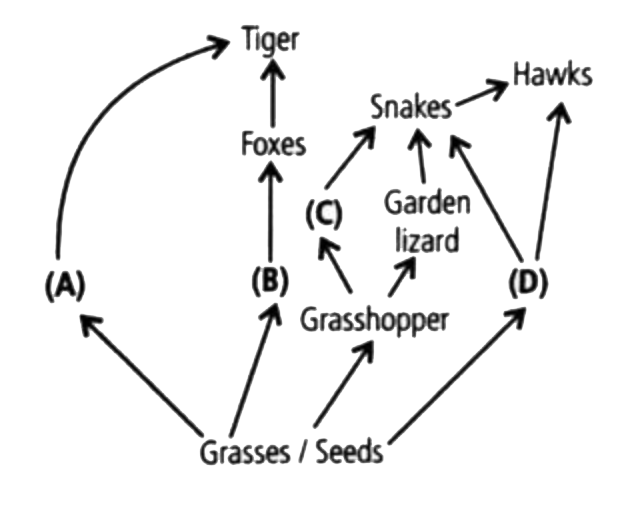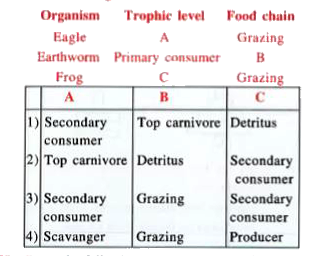A non-metal A is an important constituent of our food and forms two oxides B and C. Oxide B is toxic whereas C causes global warming.
(a) Identify A, B and C.
(b) To which group of periodic table does A belong?
To solve the question step by step, we will identify the non-metal A, its two oxides B and C, and determine the group of the periodic table to which A belongs.
Step 1: Identify the Non-Metal A
- The question states that the non-metal A is an important constituent of our food. A common non-metal that is essential in food is carbon, as it is a fundamental building block of organic molecules.
Step 2: Identify the Oxides B and C
- Carbon forms two significant oxides:
- Oxide B: Carbon monoxide (CO) is known to be toxic.
- Oxide C: Carbon dioxide (CO₂) is a greenhouse gas that contributes to global warming.
Step 3: Summarize the Identifications
- Therefore, we can summarize our findings as follows:
- A = Carbon (C)
- B = Carbon monoxide (CO)
- C = Carbon dioxide (CO₂)
Step 4: Determine the Group of the Periodic Table for A
- Carbon has an atomic number of 6. Its electron configuration is 1s² 2s² 2p², which means it has 4 electrons in its outer shell (2 in the s orbital and 2 in the p orbital).
- In the periodic table, elements are grouped based on their valence electrons. Since carbon has 4 valence electrons, it belongs to Group 14 (or 4A) of the periodic table.
Final Summary
- (a) A = Carbon, B = Carbon monoxide, C = Carbon dioxide
- (b) A belongs to Group 14 of the periodic table.
---
- The question states that the non-metal A is an important constituent of our food. A common non-metal that is essential in food is carbon, as it is a fundamental building block of organic molecules.
- Carbon forms two significant oxides:
- Oxide B: Carbon monoxide (CO) is known to be toxic.
- Oxide C: Carbon dioxide (CO₂) is a greenhouse gas that contributes to global warming.
- Therefore, we can summarize our findings as follows:
- A = Carbon (C)
- B = Carbon monoxide (CO)
- C = Carbon dioxide (CO₂)
- Carbon has an atomic number of 6. Its electron configuration is 1s² 2s² 2p², which means it has 4 electrons in its outer shell (2 in the s orbital and 2 in the p orbital).
- In the periodic table, elements are grouped based on their valence electrons. Since carbon has 4 valence electrons, it belongs to Group 14 (or 4A) of the periodic table.
- (a) A = Carbon, B = Carbon monoxide, C = Carbon dioxide
- (b) A belongs to Group 14 of the periodic table.
Similar Questions
A non-metal A which is the largest constituent of air, when heated with H2 in 1 : 3 ratio in the presence of catalyst (Fe) gives a gas B. 0n heating with O2 it gives an oxide C. If this oxide is passed into water in the presence of air, it gives an acid D which acts as a strong oxidising agent.
(a) Identify A, B, C and D.
(b) To which group of the periodic table does this non-metal belongs?
View SolutionIdentify each of A, B, C, D and E in the following table:

View SolutionIdentify organisms A,B,C and D in the given food web

View SolutionName two air pollutants which
(a) affect our health, (b) cause acid rain,
(c ) cause global warming
View SolutionWhat is group displacement law ? An element belonging to group 1 decay by βc−− emission. To which group of the periodic table the daughter element will belong ?
View SolutionSelect the option that correctly identifies A, B and C in the given table.

View SolutionA metal A, which is used in thermite process, when heated with oxygen gives an oxide B, which is amphoteric in nature. Identify A and B. Write down the reactions of oxide B with HCl and NaOH.
View SolutionIdentify a, b, c, d, e and f in the table given below :

View SolutionIdentify A, B, C, D, E and F in the table given below :

View SolutionIdentify A, B, C, D, E and F in the table given below :

View Solution
